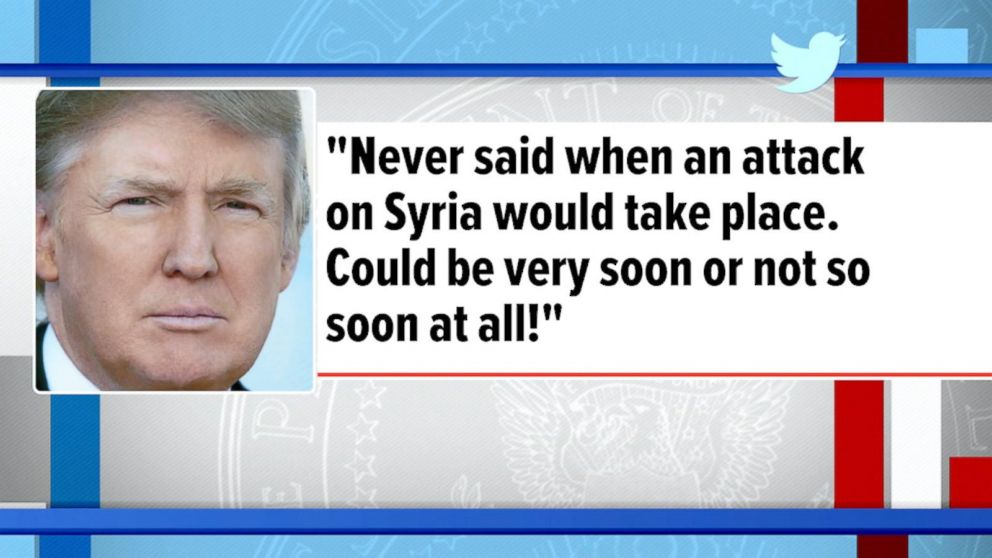What is the US-Russian hotline being used as possible Syria strike looms?
Washington -- It's a nightmare scenario for Syria: The United States launches strikes on Syrian targets, killing Russians, and Moscow is forced to defend itself or retaliate.
Anything is possible when the missiles start flying, but the U.S. and Russia have a system for avoiding this scenario – it’s known as the deconfliction hotline.
The hotline runs from the vast U.S. air command center in Qatar to Khmeimim Air Base in Syria where Russia has commanders. It was set up in 2016 to prevent unintended casualties in the increasingly crowded battlefields of the war against ISIS when the potential for disaster was high.
U.S. Special Forces with their largely Kurdish allies were attacking ISIS from the east, while Russians, allied with the forces of the Syrian Regime, were bearing down from the west. The skies above were buzzing with Russian, Syrian and U.S. coalition warplanes – all hunting the same targets.
Earlier this year, the line was used to contain a looming disaster when dozens of Russian-backed mercenaries tried to take a Kurdish base in Deir el-Zour province. U.S. Apache helicopter gunships, B-52 bombers, Reaper drones and AC-130 gunships swept in to defend the base.
Due to the hotline, the U.S. said there was never a chance of direct conflict between regular American and Russian forces. Even so, the U.S. did kill Russian mercenaries.
Former CIA director Mike Pompeo acknowledged during his confirmation hearing to be Secretary of State on Thursday that "a couple hundred Russians were killed" in that incident. U.S. defense officials had previously declined to say Russians had been killed.
Defense Secretary James Mattis revealed last month that Russian mercenaries east of the Euphrates River in Syria pulled back their positions after successful discussions between Chairman of the Joint Chiefs of Staff Gen. Joseph Dunford and his Russian counterpart, Gen. Valery Gerasimov.
Mattis said those forces were "moving into more advanced positions" than the area of operations the U.S. and Russia have largely agreed to stay.
"This is a recent development, but we think it's a potential for a clash there," Mattis told reporters. "Thanks to the Russian direction to this group has been reduced."
Now, with Russian air defenses reportedly on high alert over the Khmeimim Air Base and the Russian naval base at Tartus, and with coalition planes and ships preparing to launch missiles at a moment’s notice, the hotline could again serve as a bulwark against accidental escalation.
On Thursday, Kremlin spokesman Dmitry Peskov confirmed that “this line exists, and it is active.”
A Russian newspaper, Kommersant, reported that Russia was pressing the U.S. side to provide coordinates for the sites being targeted so it could move its forces out of the line of fire. If true, the negotiations could suggest that Russia is ready to allow the strikes to go ahead largely unhindered, provided Russian forces are left untouched.
ABC News' Elizabeth McLaughlin and Patrick Reveel contributed to this report.




